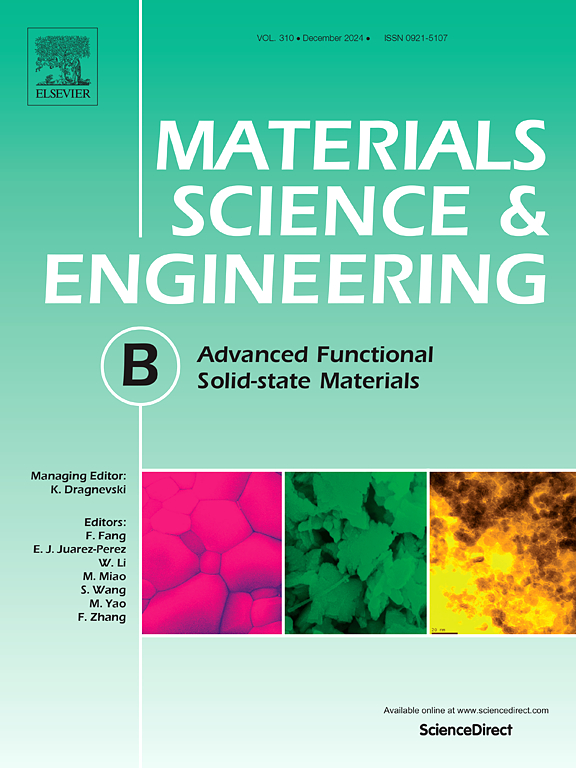Investigations on trapping parameters of dysprosium doped lithium potassium borate through thermoluminescence study for high range dosimetry applications
IF 3.9
3区 材料科学
Q2 MATERIALS SCIENCE, MULTIDISCIPLINARY
引用次数: 0
Abstract
This study investigates the crystal structure and trapping parameters of polycrystalline , doped with varying concentrations (0, 1, 3 5, 7 and 9 mol%) of dysprosium. The of compound analogously vary with water which is a motivating factor. Samples were prepared for the first-time by adopting microwave-assisted combustion route. X-ray diffractograms of samples matched well with the tetragonal structure of except unit cell volume decreases with increase in dysprosium concentration. Crystallite size of samples lie in the range of 57–80 nm. Thermoluminescence glow curves of the samples show three highly overlapping peaks around temperatures 410, 537 and 590 K. Position and number of peaks are independent of concentration of dopant and doses of γ-irradiation. Saturation dose was not observed in the range 100–5000 Gy. The trapping parameters were calculated using CGCD and was found confined within satisfactory range as validated by Urbach’s plot. The material shows potential to be used in high range dosimetry.
求助全文
约1分钟内获得全文
求助全文
来源期刊

Materials Science and Engineering: B
工程技术-材料科学:综合
CiteScore
5.60
自引率
2.80%
发文量
481
审稿时长
3.5 months
期刊介绍:
The journal provides an international medium for the publication of theoretical and experimental studies and reviews related to the electronic, electrochemical, ionic, magnetic, optical, and biosensing properties of solid state materials in bulk, thin film and particulate forms. Papers dealing with synthesis, processing, characterization, structure, physical properties and computational aspects of nano-crystalline, crystalline, amorphous and glassy forms of ceramics, semiconductors, layered insertion compounds, low-dimensional compounds and systems, fast-ion conductors, polymers and dielectrics are viewed as suitable for publication. Articles focused on nano-structured aspects of these advanced solid-state materials will also be considered suitable.
 求助内容:
求助内容: 应助结果提醒方式:
应助结果提醒方式:


